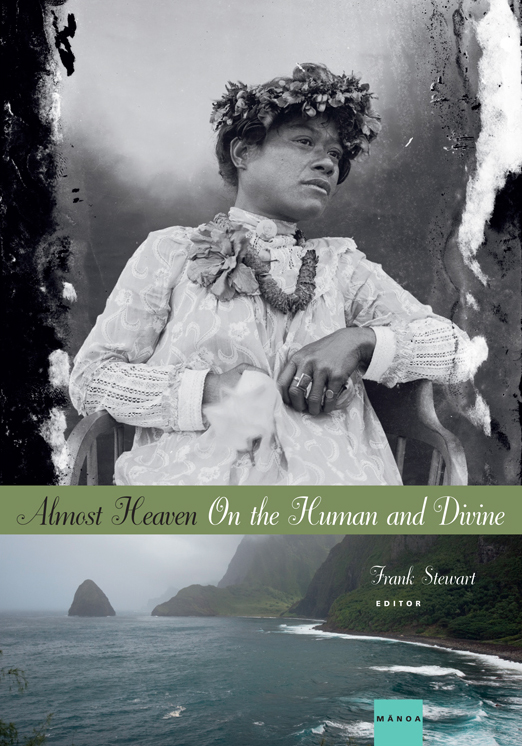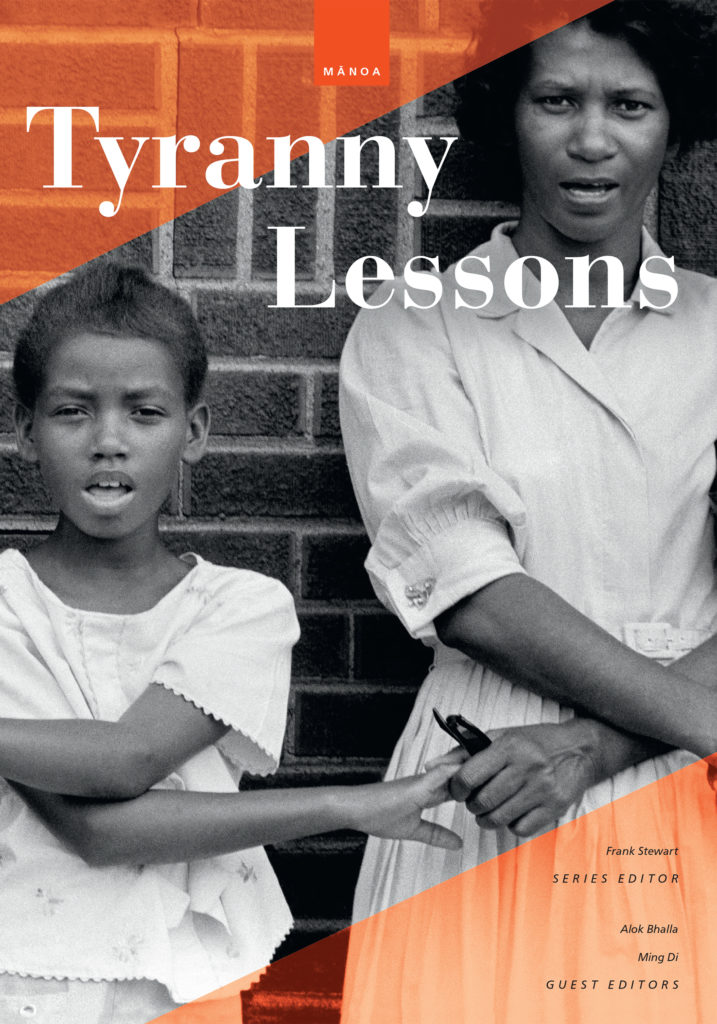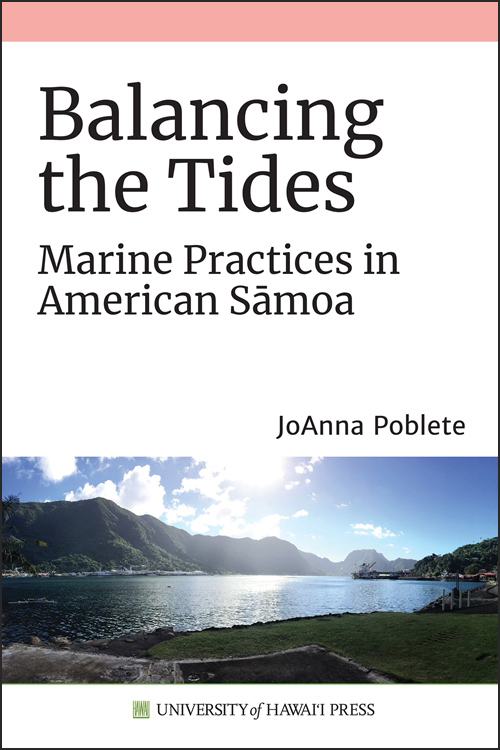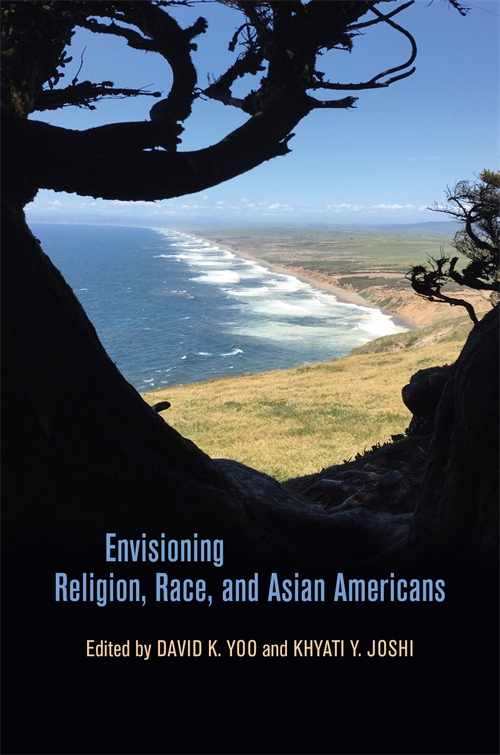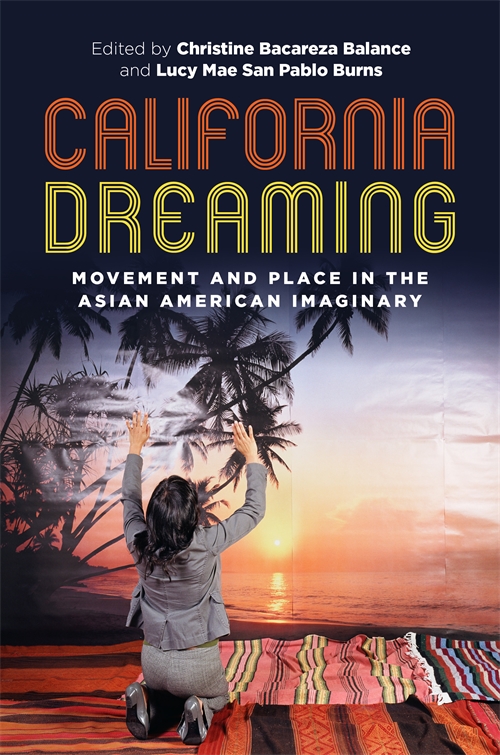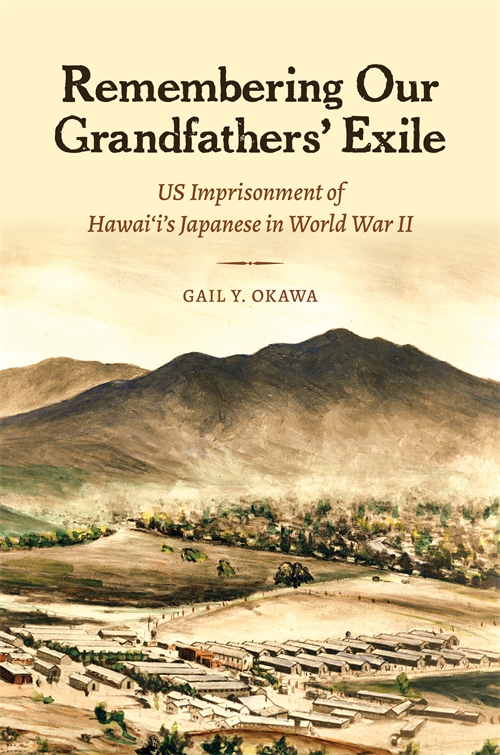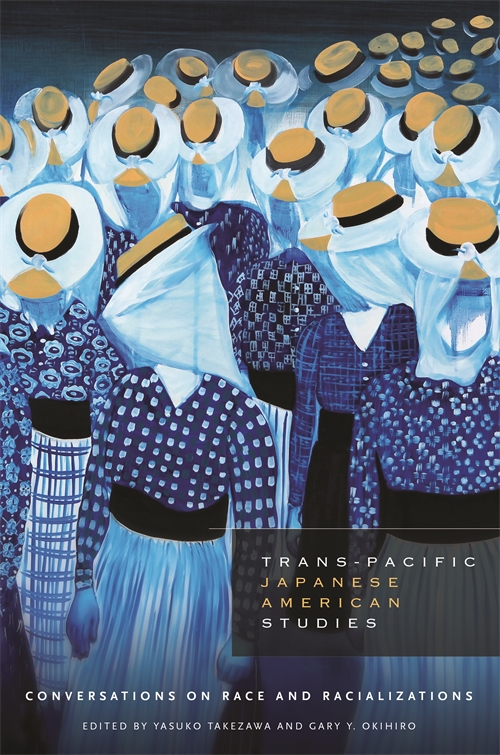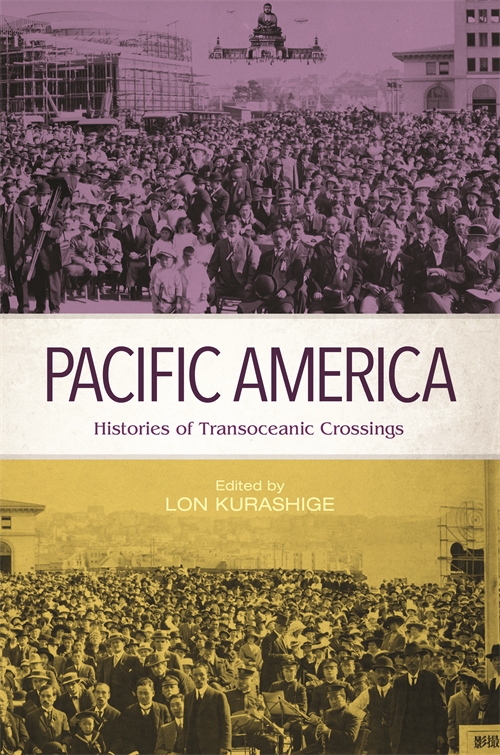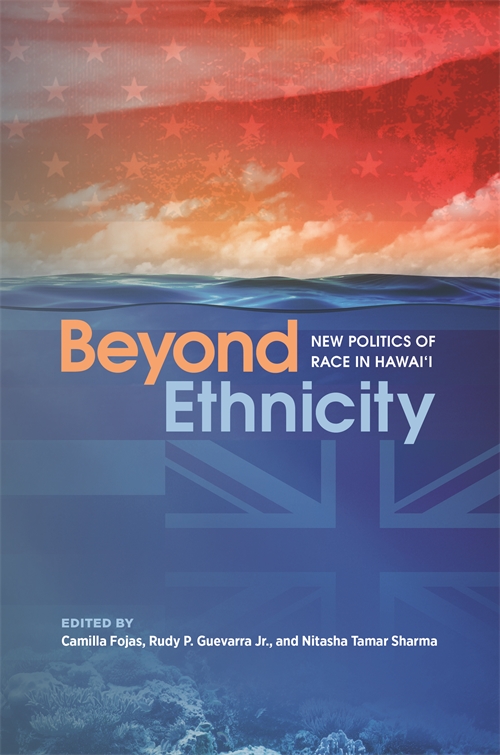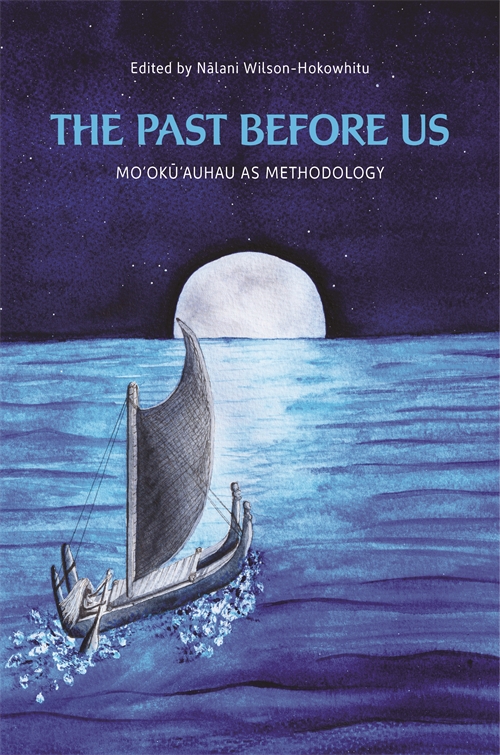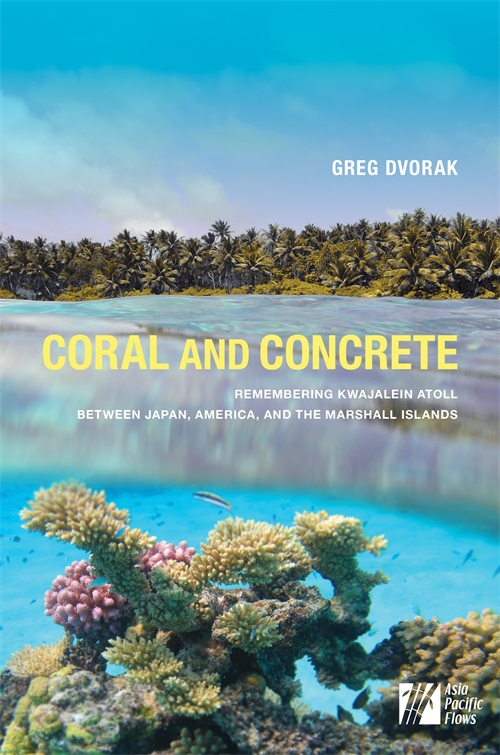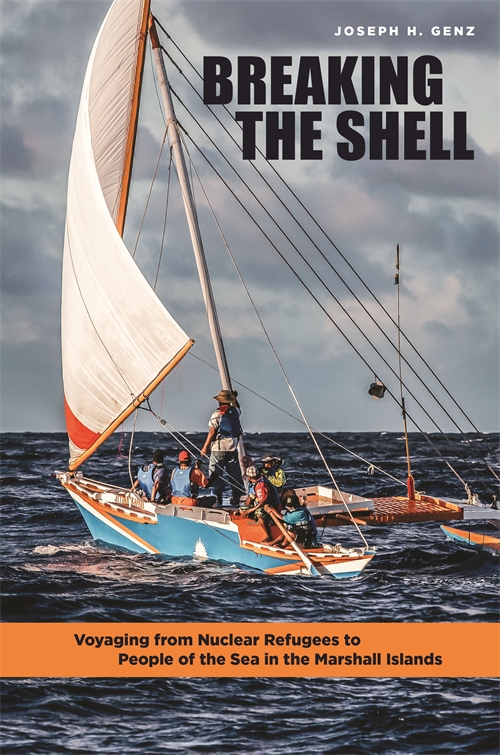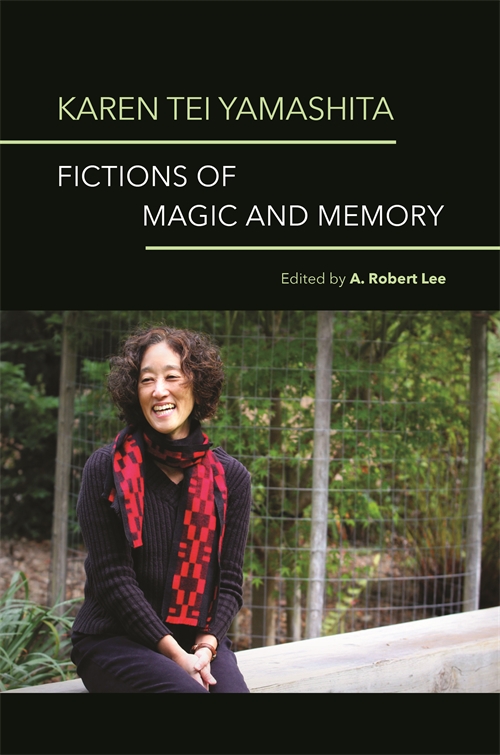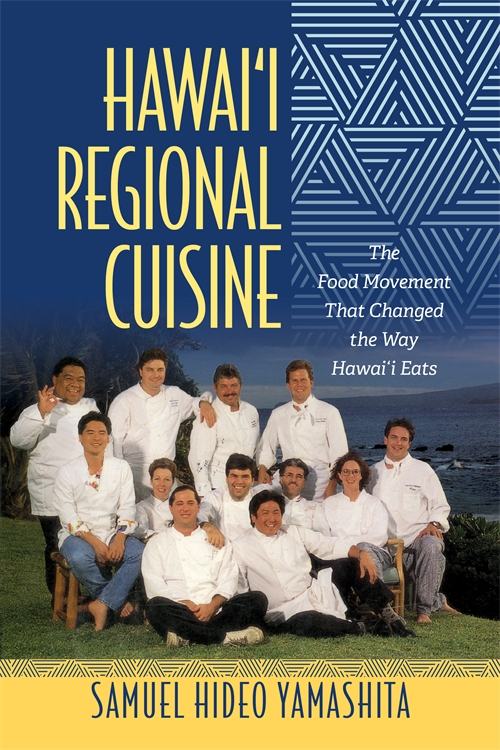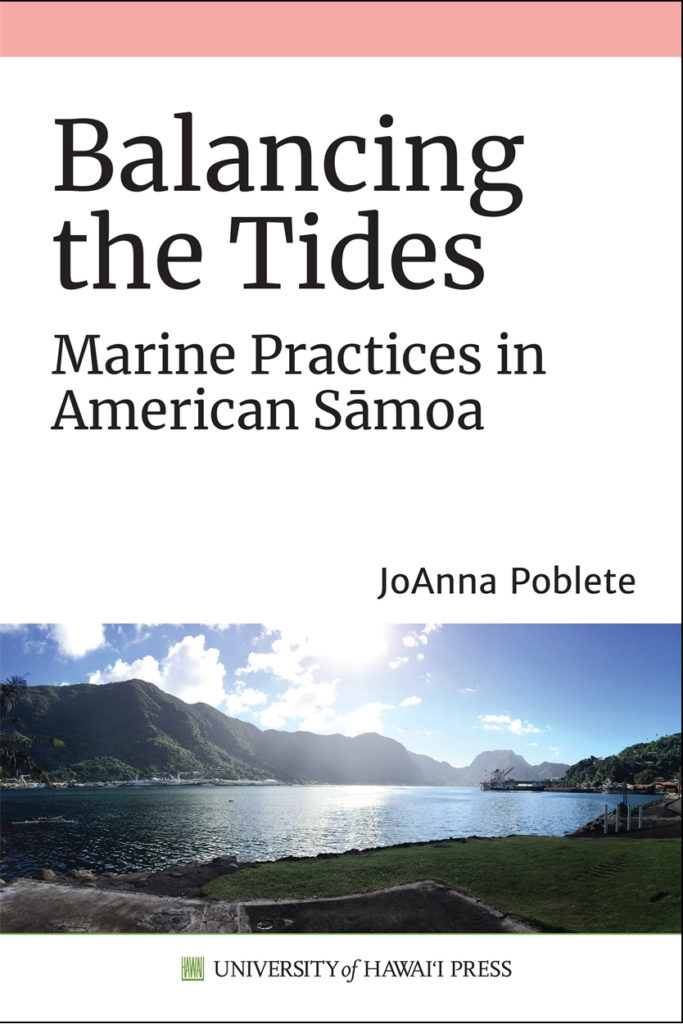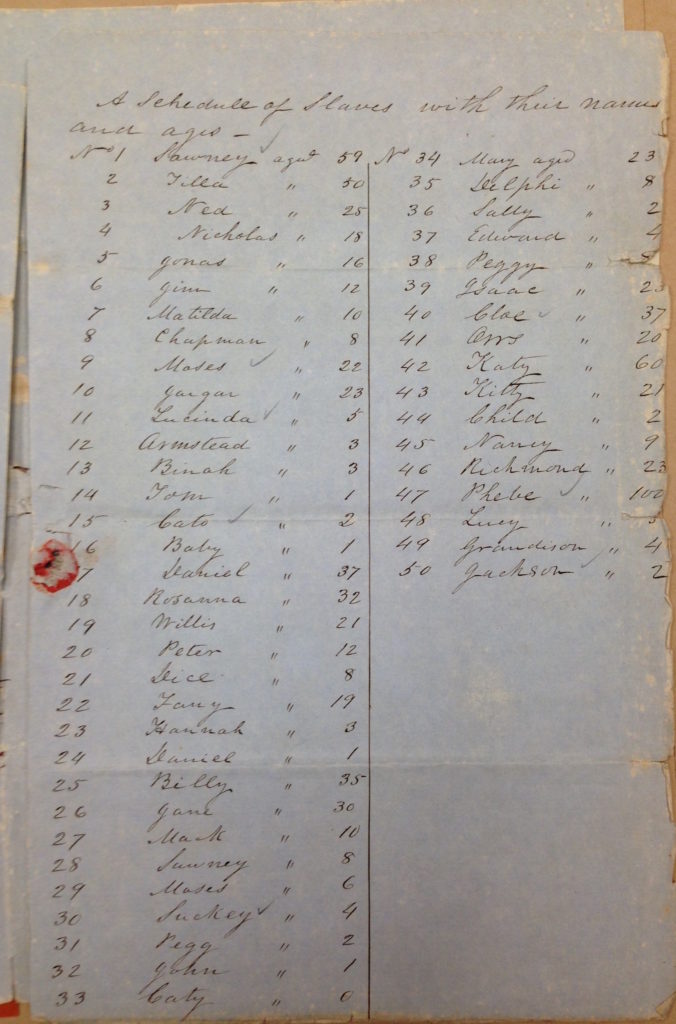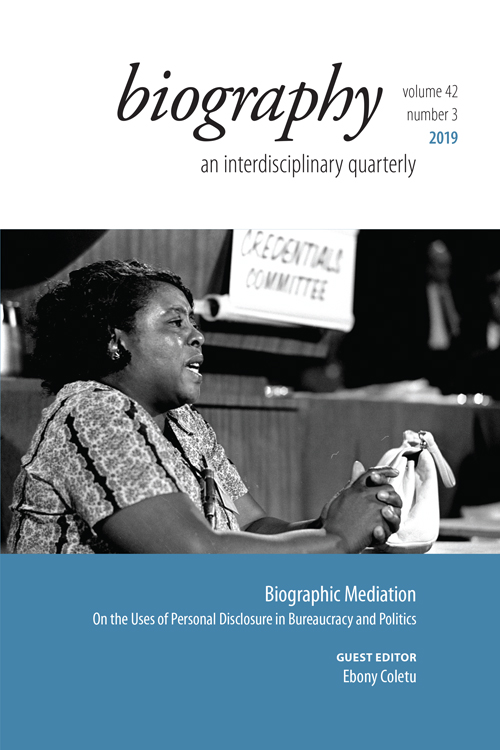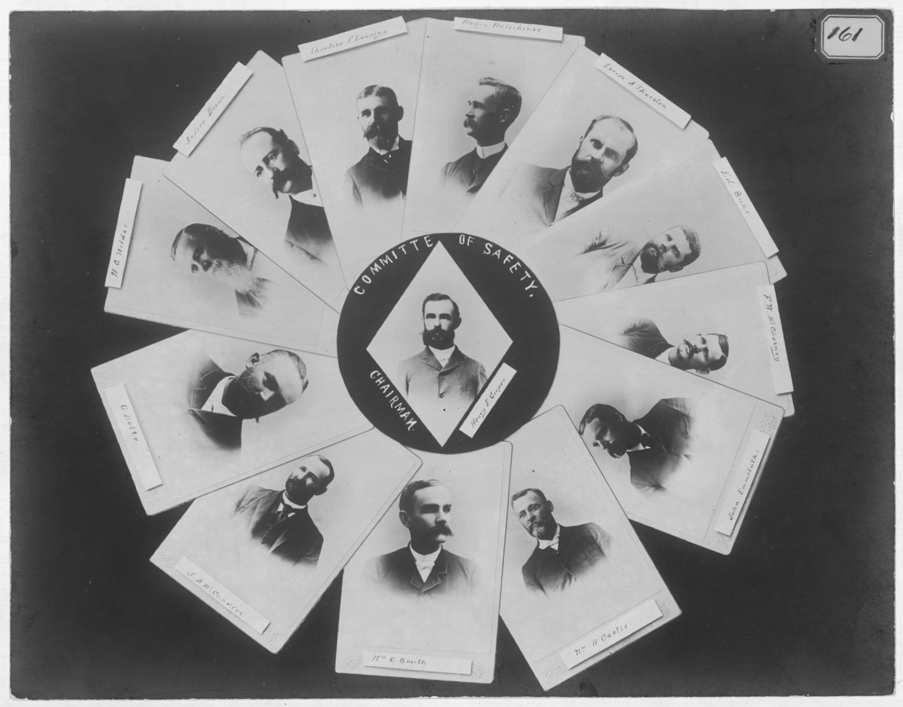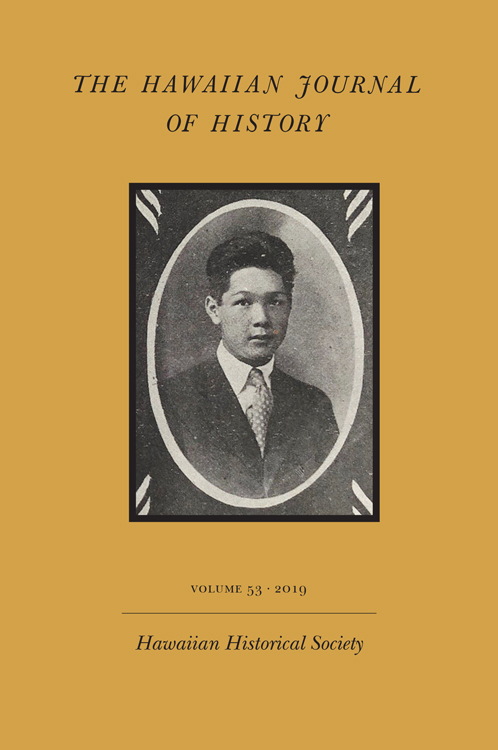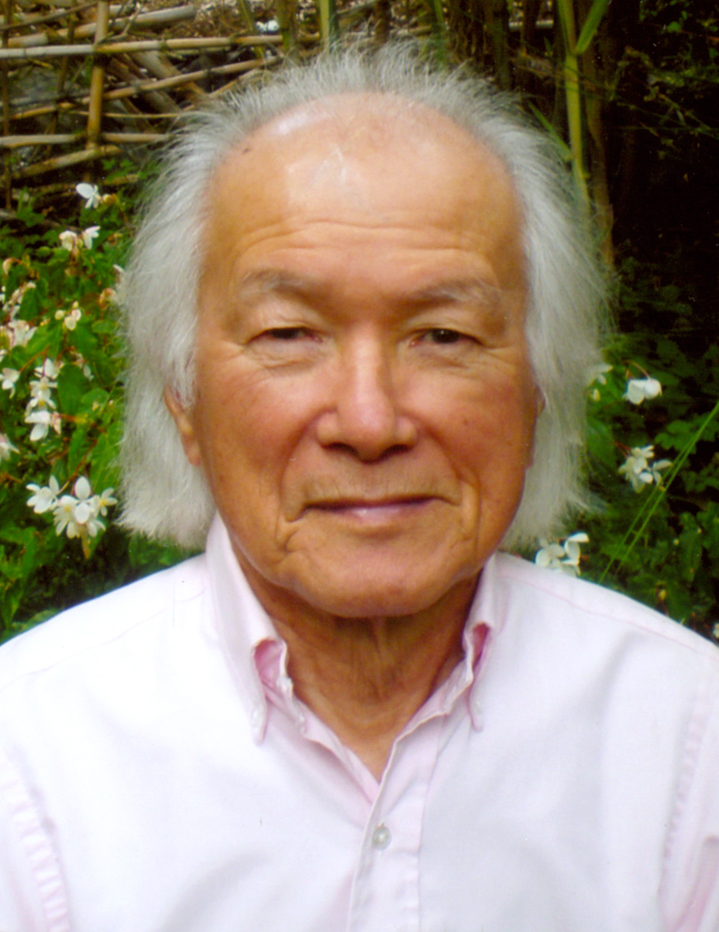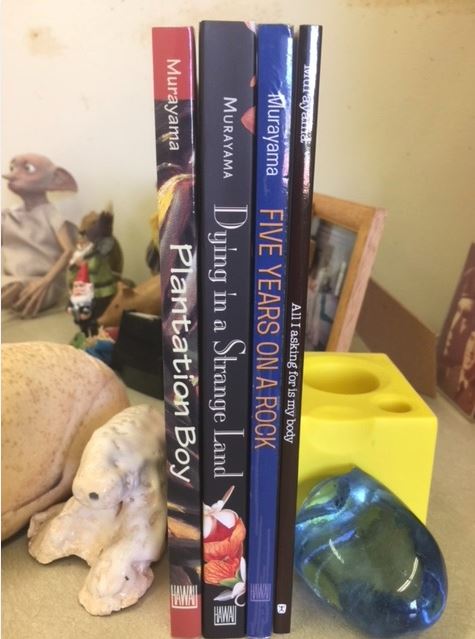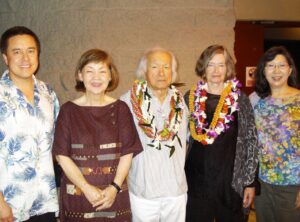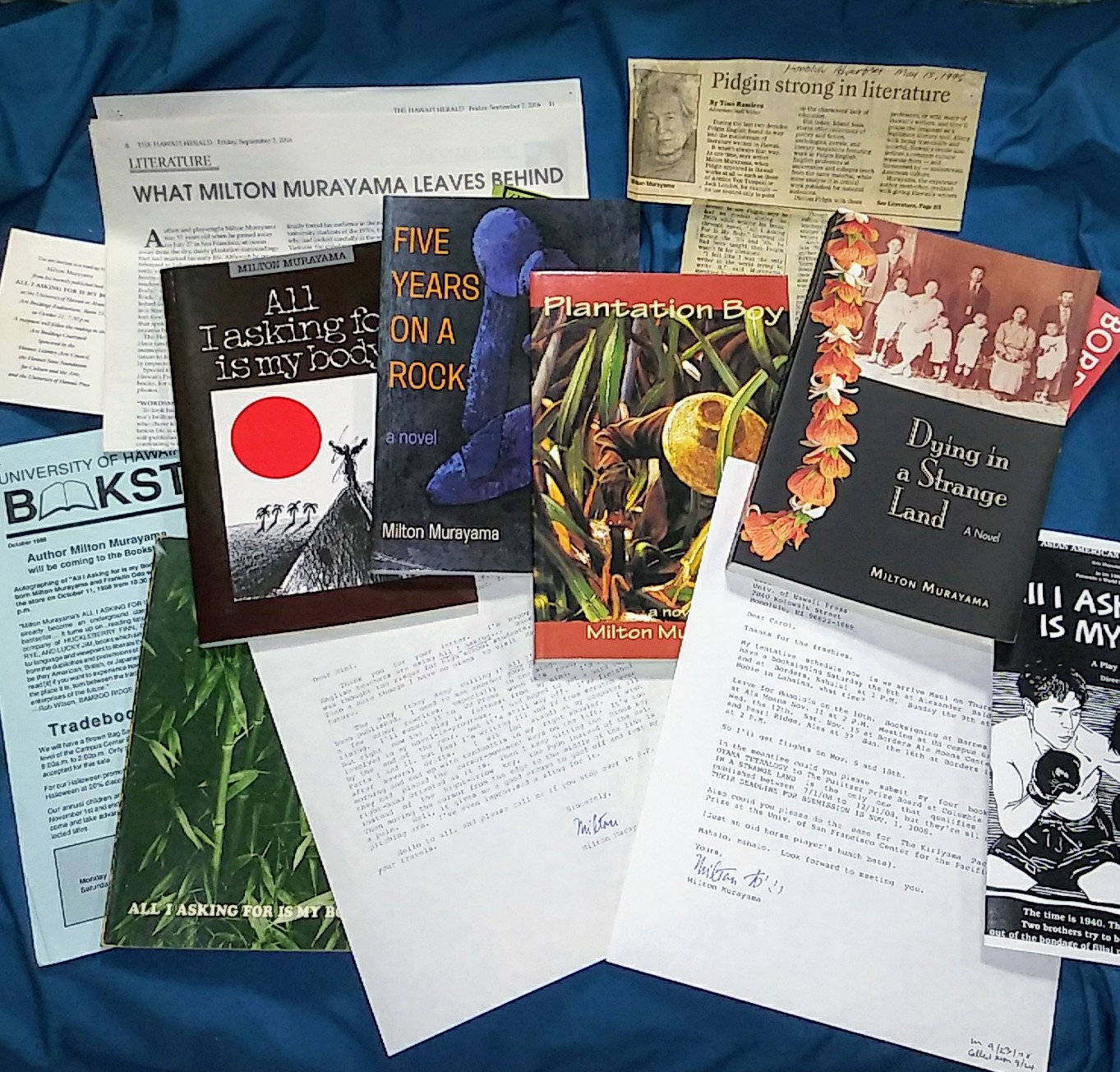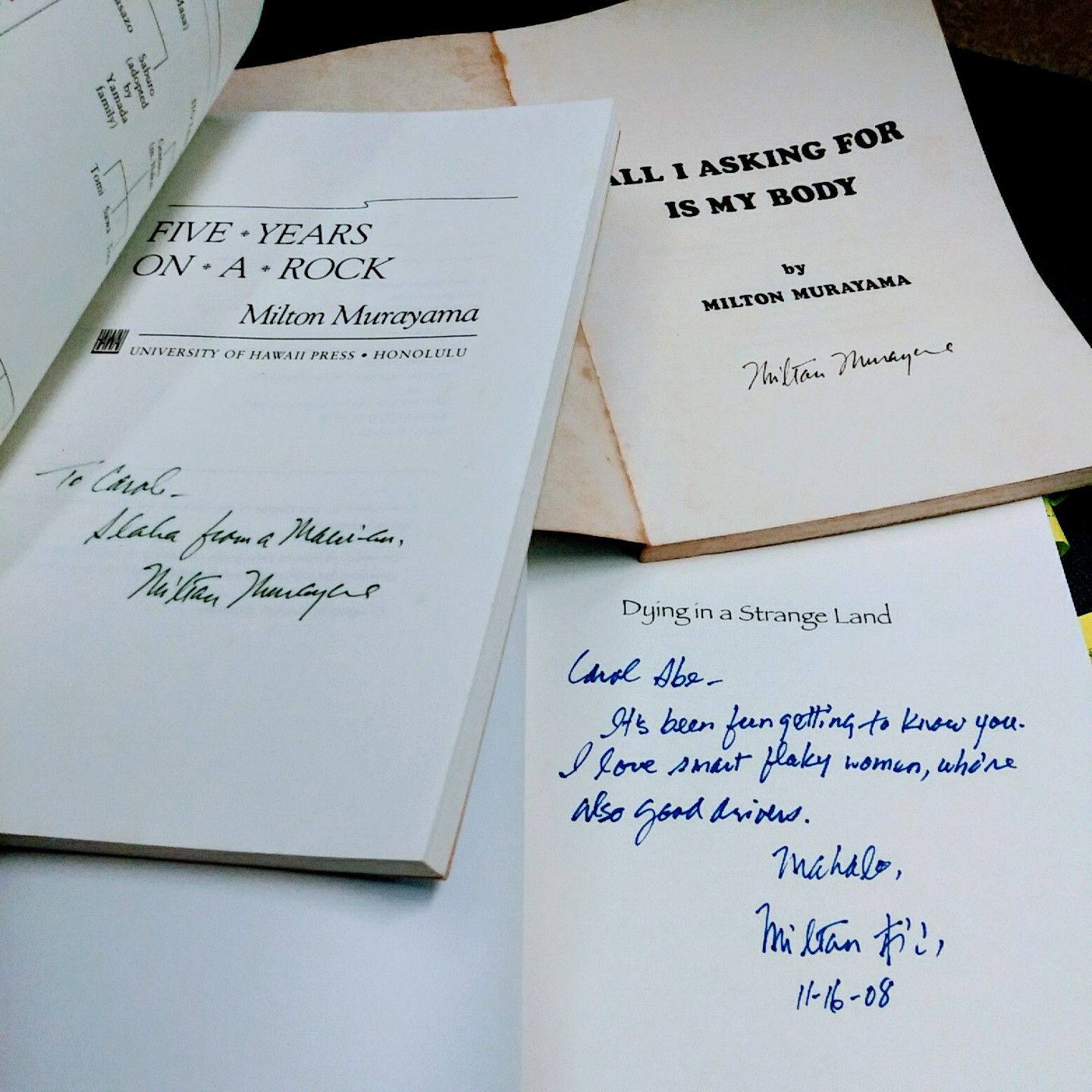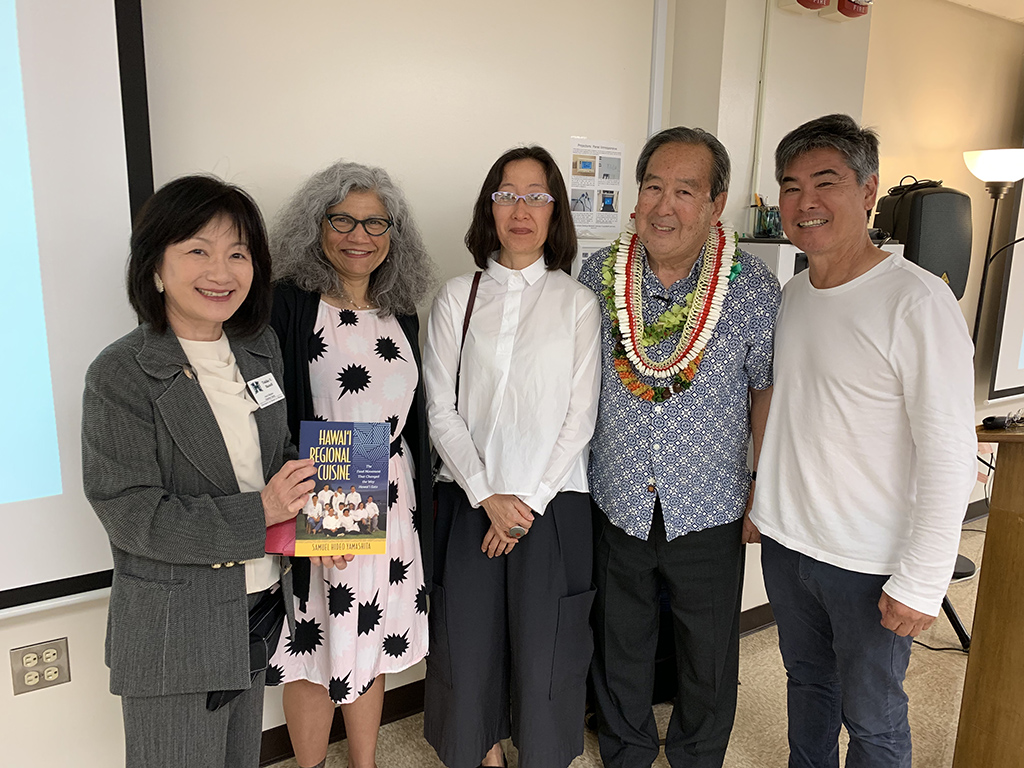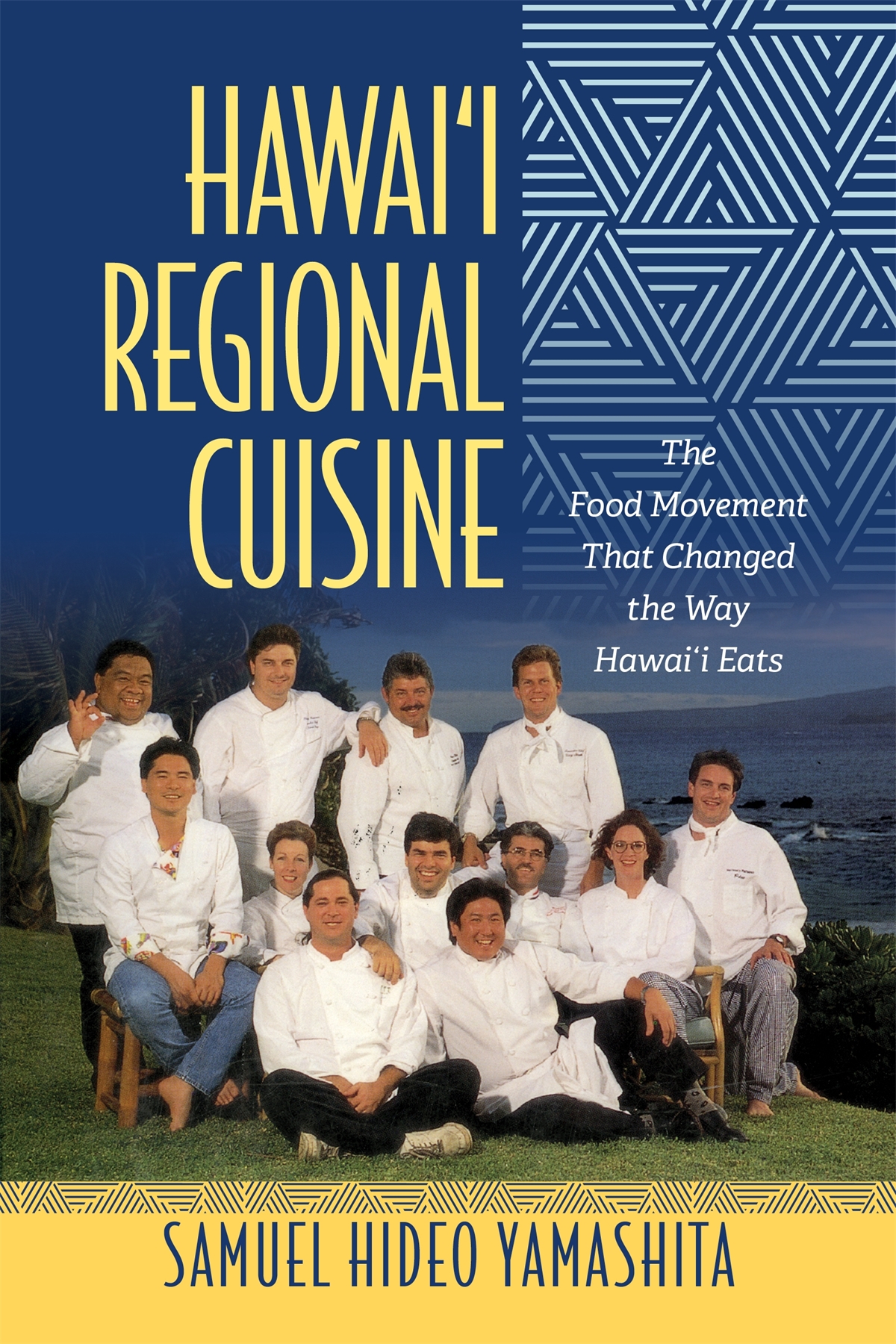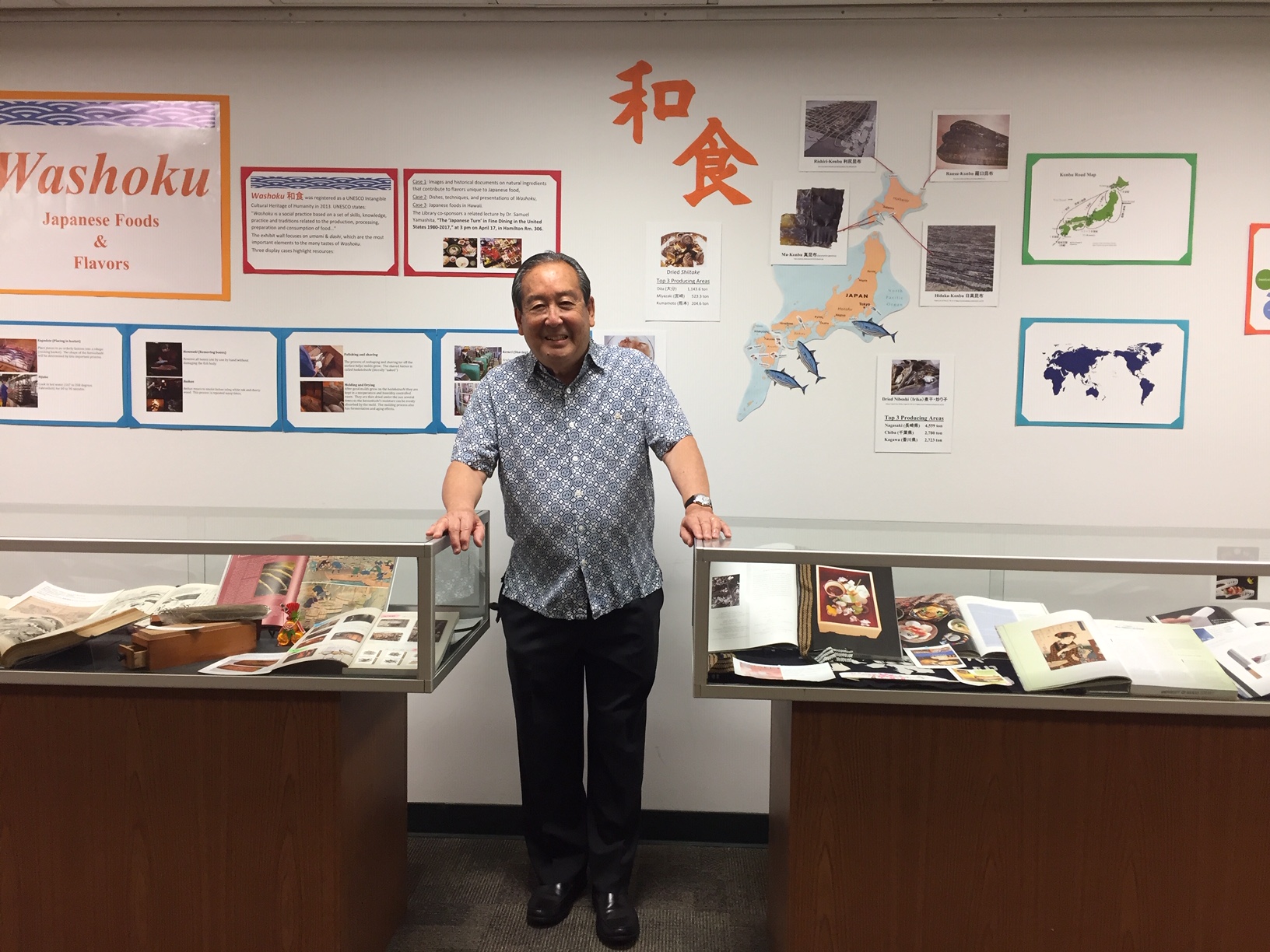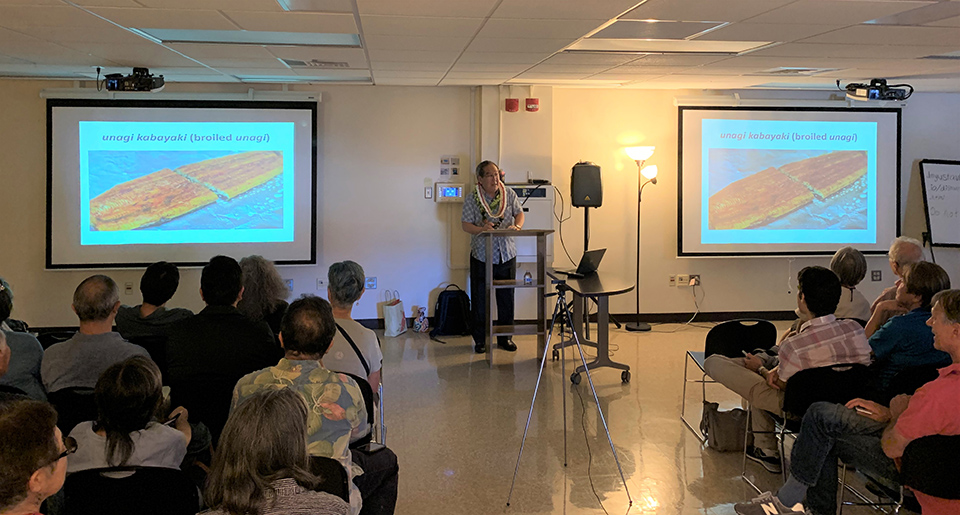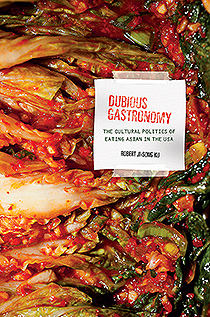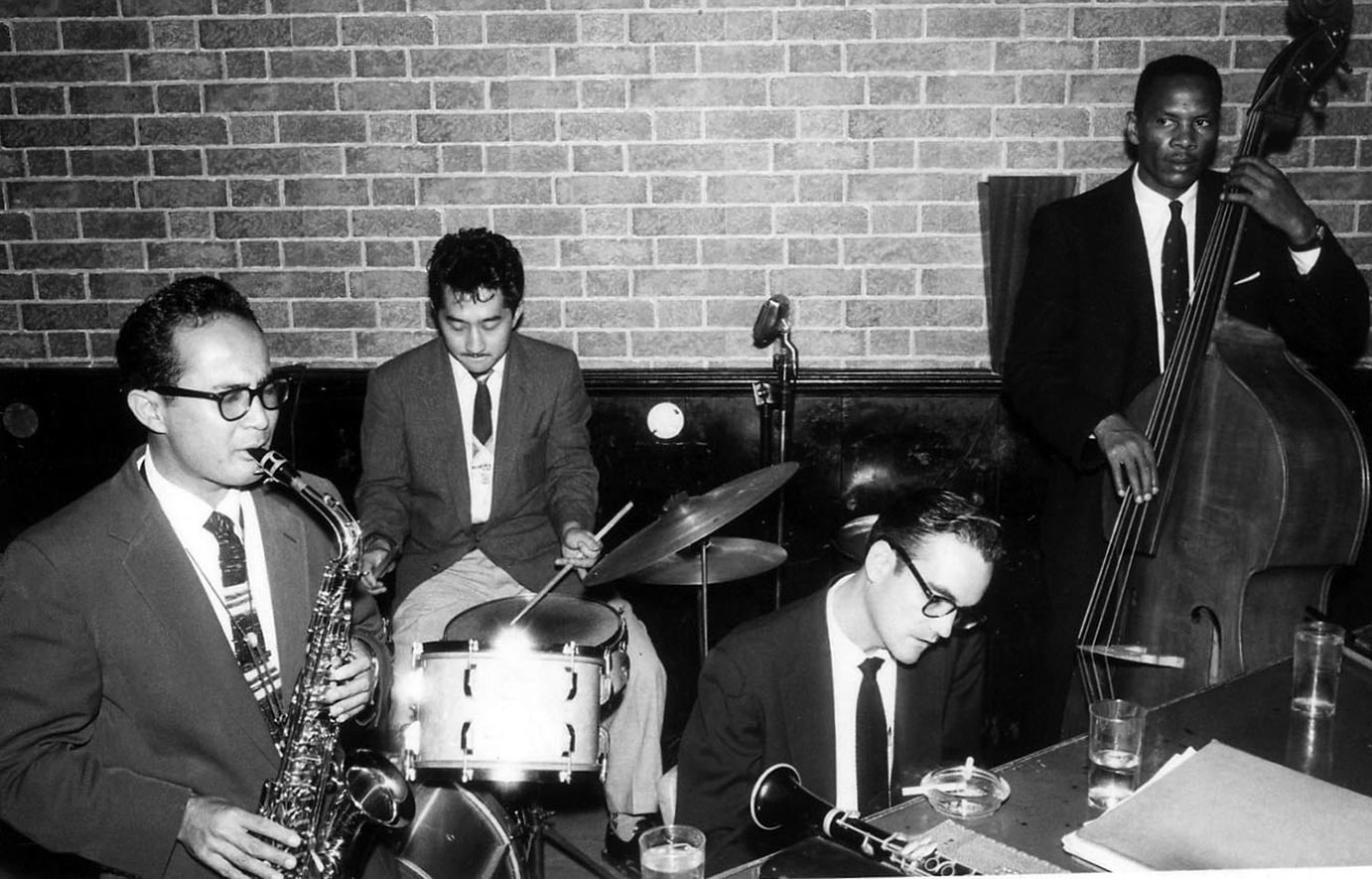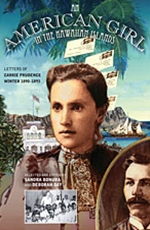In recognition of Black History Month, we offer the following journals, articles, and reviews. We invite you to explore and enjoy the following journal content online free through February 2022.
Journals Issues:
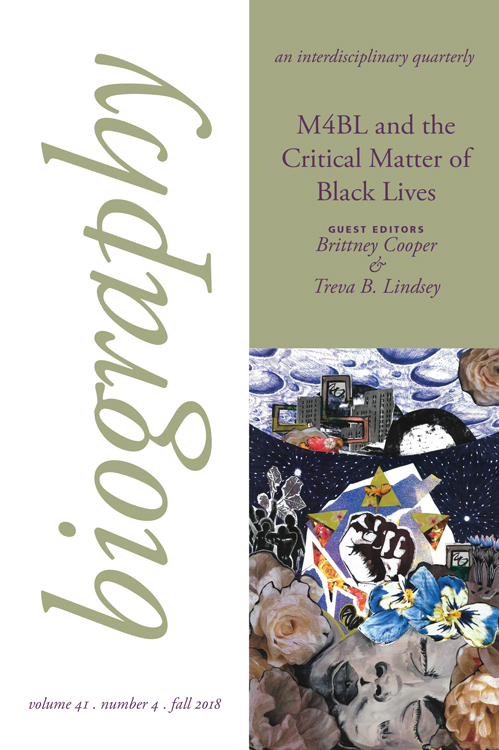
biography: an interdisciplinary quarterly
Volume 41, Number 4 (Fall 2018)
Special Issue: M4BL and the Critical Matter of Black Lives
Introduction by Guest Editors Britney Cooper and Treva B. Lindsey:
Understanding the stories presented in this special issue as simultaneously about violence, resistance, (in)justice, and freedom, we center interrogations and representations of individual and collective Black lives to unearth both the possibilities and potential challenges for those living and fighting in the era of the Movement for Black Lives. In our call for papers, we offered these questions: What does “life” mean in the context of M4BL? What is the fundamental
meaning of “lives” when centering those on the margins? Each of these pieces directly and indirectly responds to these questions. As editors, we continually converse about the distinction between Black lives and Black life, while always connecting through our unwavering commitment to both.
Find more research articles and reviews at Project MUSE.
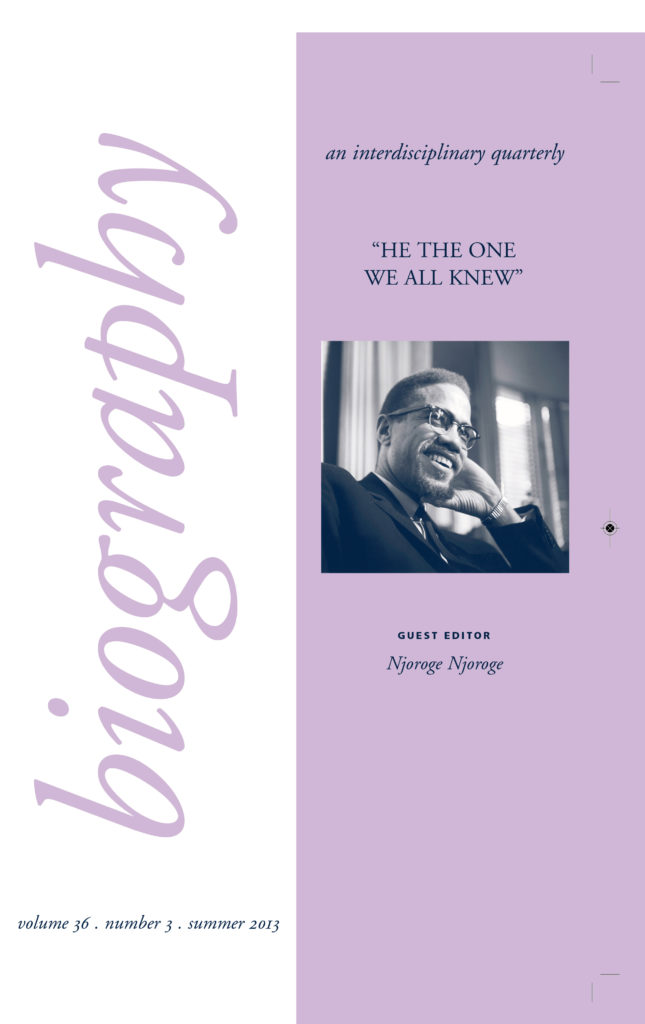
biography: an interdisciplinary quarterly
Volume 36, Issue 3 (Summer 2013)
Special Issue: “He the One We All Knew”
Guest Contributor Njoroge Njoroge reflects on this issues dedication on the life and thought of El-Hajj Malik El-Shabazz known to most of Malcolm X. In reference to the compilation of articles in this issue Njoroge explains:
This cluster of essays is another re-discovery of Malcolm, one that attempts to give context and feeling to the life, world, words, and works of Malcolm. The collection is a modest contribution to the ongoing discussion, reevaluation, and interpretation of the life and political thought of Malcolm X. By examining the man and his times, in light of old wisdom and new scholarship, we can come to a better appreciation of Malcolm, the man and the myth. Each of the authors presents us with different “Malcolms”: He the one we all knew.
Find more research articles and reviews at Project MUSE.
Journal Articles:
biography: an interdisciplinary quarterly
Black Biography in the Service of a Revolution: Martin R. Delany in Afro-American Historiography
By Tunde Adeleke
Volume 17, Number 3, Summer 1994
African American Pioneers in Anthropology (review)
By B. C. Harrison
Volume 23, Number 2, Spring 2000
Biography and the Political Unconscious: Ellison, Toomer, Jameson, and the Politics of Symptomatic Reading
By Barbara Foley
Volume 36, Number 4, Fall 2013
Digression, Slavery, and Failing to Return in the Narrative of the Sufferings of Lewis Clarke
By Michael A. Chaney
Volume 39, Number 4, Fall 2016
Obituarizing Black Maleness, Obituarizing Prince
By Steven W. Thrasher
Volume 41, Number 1, Winter 2018
Call My Name: Using Biographical Storytelling to Reconceptualize the History of African Americans at Clemson University
By Rhondda Robinson Thomas
Volume 42, Number 3, Summer 2019
Buddhist-Christian Studies: Official Journal of the Society for Buddhist-Christian Studies
The Practice of Double Belonging and Afro-Buddhist Identity in Jan Willis’s Dreaming Me
By, Carolyn Medine
Volume 40, 2020
Black and Buddhist: What Buddhism Can Teach Us About Race, Resilience, Transformation, and Freedom ed. by Pamela Ayo Yetunde and Cheryl Giles, and: Buddhist-Christian Dialogue, U.S. Law, and Womanist Theology for Transgender Spiritual Care by Pamela Ayo Yetunde (review)
By Carolyn Jones Medine
Volume 41, 2021
Journal of World History: Official Journal of the World History Association
Coloring Universal History: Robert Benjamin Lewis’s Light and Truth (1843) and William Wells Brown’s The Black Man (1863)
By Marnie Hughes-Warrington
Volume 20, Number 1, March 2009
Jazz and the Evolution of Black American Cosmopolitanism in Interwar Paris
By Rachel Gillett
Volume 21, Number 3, September 2010
“Town of God”: Ota Benga, the Batetela Boys, and the Promise of Black America
By Karen Sotiropoulos
Volume 26, Number 1, March 2015
MĀNOA: A Pacific Journal of International Writing
Six Poems from Harlem Shadows
By Claude McKay
Volume 31, Number 2, (2019)
whatdoesfreemean?
By Catherine Filloux
Volume 32, Number 1 (2020)
Passing the Fire
By Wayne Karlin
Volume 32, Number 1 (2020)
I Investigate Lynchings
Walter White
Volume 32, Number 1 (2020)
Yearbook of the Association of Pacific Coast Geographers
The Black Settlers on Saltspring Island, Canada, in the Nineteenth Century
By Charles C. Irby
Volume 36, 1974





